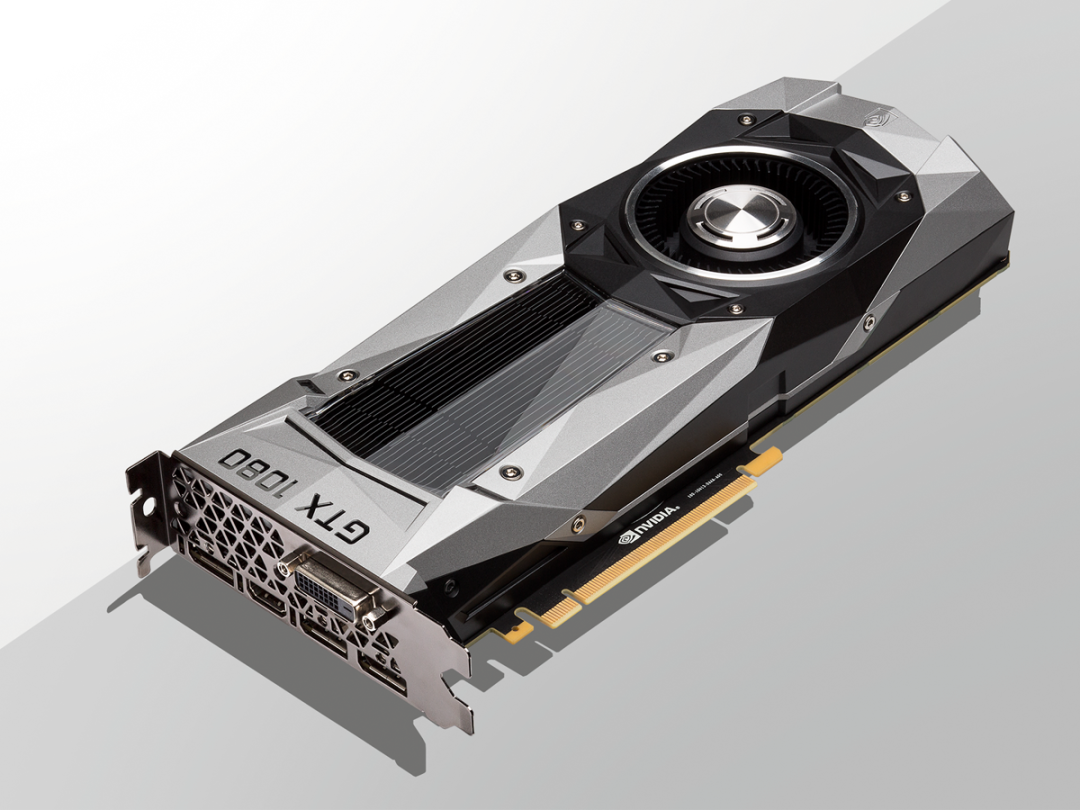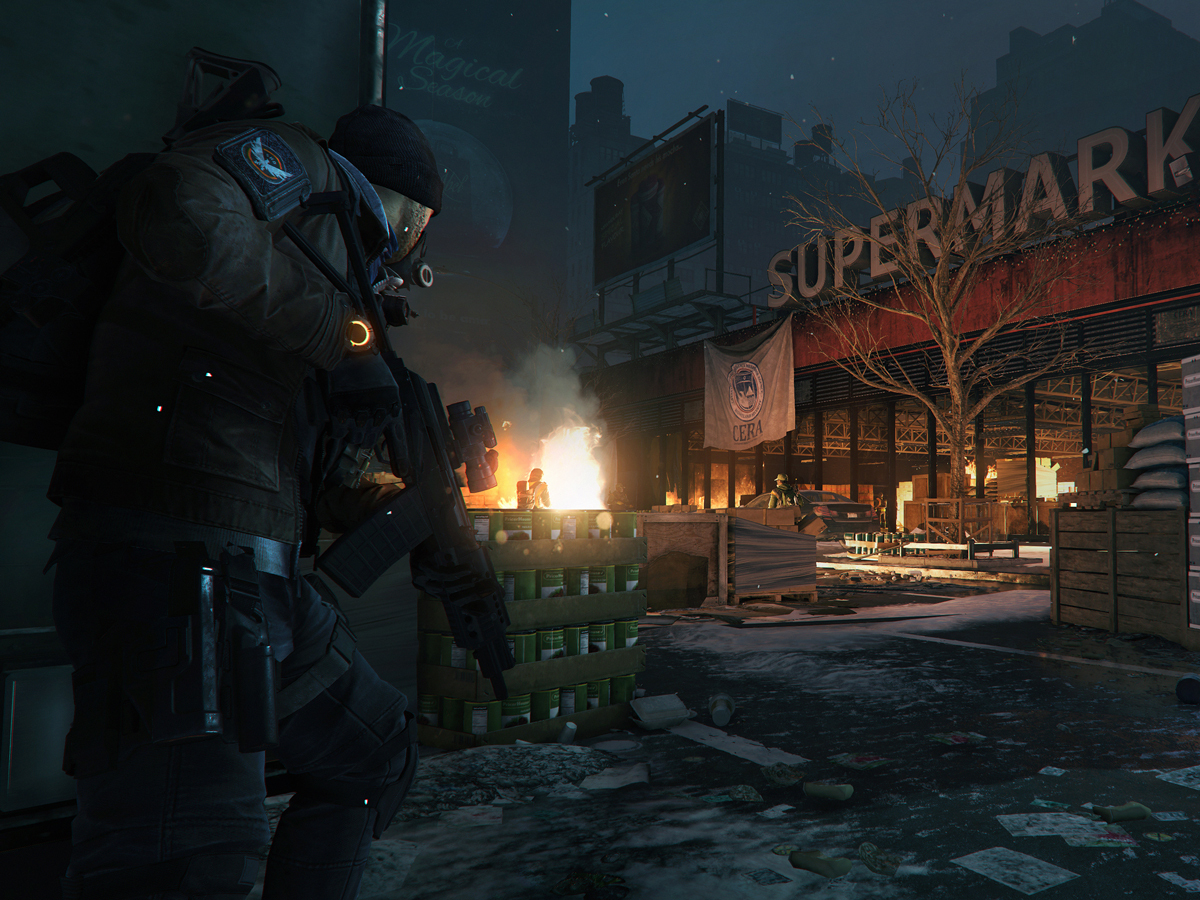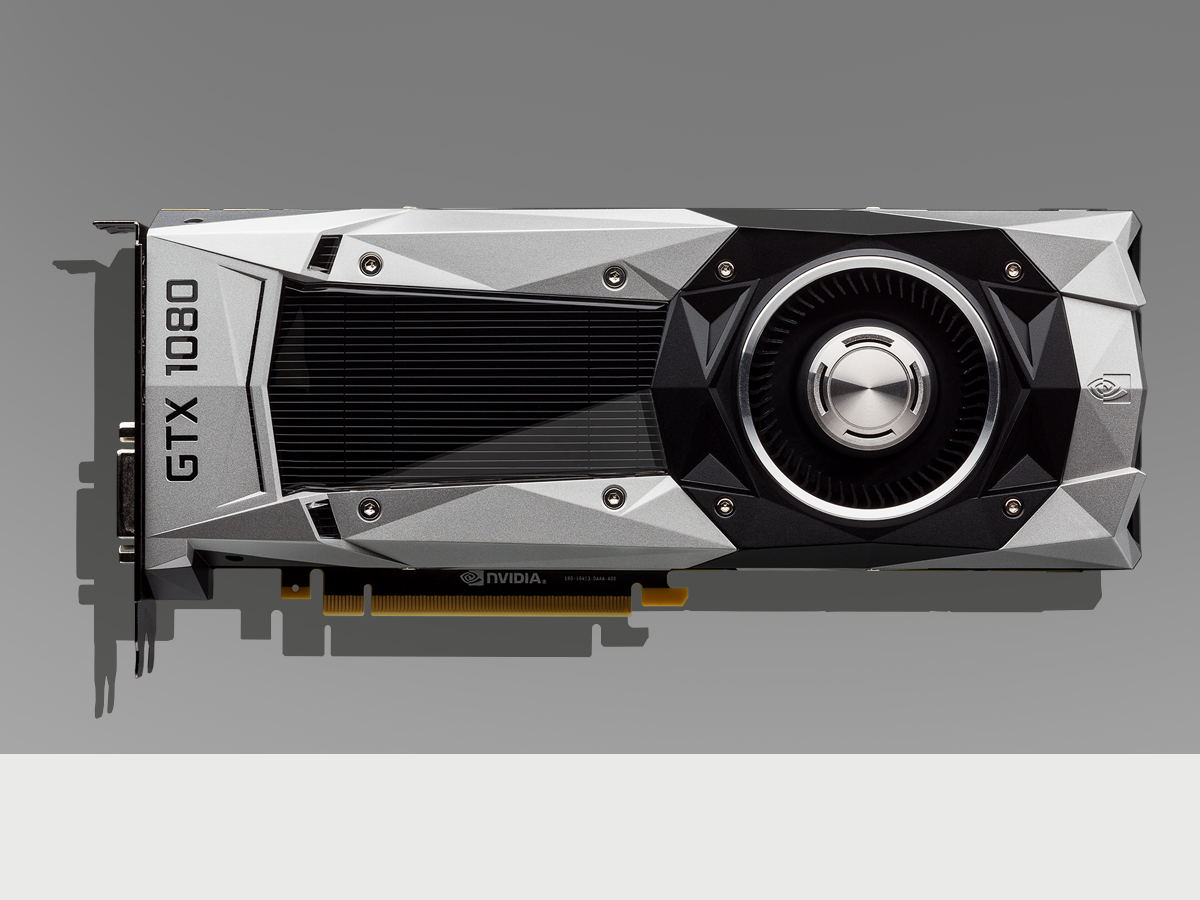Nvidia GeForce GTX 1080 review
Is this the 4K gaming card we’ve been waiting for?

Do you think that high-end graphics cards are for PC gamers who cherish a perfect frame rate above their nearest and dearest? Congratulations, you’re absolutely correct. Because who needs a beloved when you can play The Division in glorious 4K.
Alas, most graphics cards won’t get you anywhere near to that spectacular level of performance. Even the £900 Nvidia Titan X we reviewed last year fell short of delivering a proper 4K gaming experience. Thankfully, the relentless pace of tech innovation means that Nvidia’s latest flagship graphics card is here to save the day.
The GTX 1080 promises a 30 percent performance increase over the Titan X for £300 less. So while it’s hardly a bargain, you might be able to mend a few familial fences with the leftover cash. And then head back to post-apocalyptic New York for a Dark Zone face-off, of course.
Titan X-tinct
To put the £620 cost of this card into context, you could buy an Xbox One, a PlayStation 4, and enough games and accessories to keep you going to the end of the year for the same money. In other words, you should expect an extraordinary performance for the cash you’ll be swiping from your overdraft. A righteous demand that’s been further underlined by Nvidia’s pricing shenanigans.
Previous “x80” cards (as in the 780, 980 etc) have sold for about £389 at launch, meaning the 1080’s £230 price hike is ridiculous. However, unlike former x80 launches, the only cards available on release day are ones built by Nvidia themselves, with the manufacturer’s own power supply and gorgeous industrial design. If you can wait until the end of June, we’d still suggest buying a partner card with its own power and cooling solutions around built around Nvidia’s graphical muscle.
Right now, the cheapest we could find to pre-order was the KFA2 at £525 from Overclockers. That’s a £95 saving on the reference board we tested.
Bench marks the spot

Right, it’s time to get real nerdy. This is a graphics card review after all, and what better way to test Nvidia’s claims of “irresponsible levels of performance” then with some good old fashioned benchmarkings chat.
Want to skip the all the waffle? Then know that the Titan X is now effectively redundant; the 1080 is the most powerful graphics card in the world, by quite some margin.
Still, a little waffle is what you came here for, right? And benchmarks really show just how impressive this Nvidia is. When placed in a head-to-head face off with the Titan X in the same system, we enjoyed frame rate increases of as much as 37 per cent at 1080p in The Division and The Witcher 3: Wild Hunt – Blood and Wine, 45 per cent at 1440p in Doom, and 35 per cent at 4K in Dirt Rally. In layman’s terms, all the frame rates now belong to you.
And in geek’s terms? Read right on…
2.5k yay!

First of all, 1080p. If you’re one of the many, many, many PC gamers who still play at 1080p, save your money by shelling out on the £400 GTX 1070 instead. It’s also out this month and offers Titan X-beating performance to boot.
As you’d expect, HD gaming is a breeze for the GTX 1080. Even when you ask it to render Geralt of Rivia’s luscious locks using Nvidia’s Hairworks rendering. It’s with 1440p performance where things start to get interesting.
What’s 1440p? Also known as the rather more alluring 2.5K, this resolution has rapidly become a sweet spot for monitor pricing. That’s because a 1440p display usually doesn’t cost much more than a 1080p model at an equivalent size. In wallet-gouging contrast, a 4K model can cost two to three times more.
Whereas the Titan X still struggled to hit 60fps in 1440p games with the settings maxed out, the 1080 is the first board to manage this feat across all of our test games. Again, it was only The Witcher 3 that really came close to testing the 1080, hovering just above this acceptable average at 65.5fps. The Division, on the other hand, looked almost photoreal in some of our playtests.
More like phwoar-K

So what about 4K? Well, while the GTX 1080 comes tantalisingly close to being capable of running games in 4K on its lonesome, you still need to drop the detail down in recent games if you want to hit the magical 60 frames per second. Given the card is having to push out four times the amount of pixels at 4K as it does at 1080p, this is sad, but to be expected. A bit like England’s inevitable penalty shootout exit from the Euros.
There are notable exceptions to this 4K rule, however. The recently-released Doom reboot maintained a 64.8 fps average in our testing at 4K, and looked absolutely astonishing doing it.
If you do want to game in 4K and at 60fps, then chances are you’re going to either need to drop the detail levels down or buy a second 1080 card for the majority of games we played. Based off these results, you wonder what upgrades Sony and Microsoft are going to have to make to get the PS4K and Xbox One Scorpio consoles working.
More than 4K

This graphics card isn’t only good for 4K gaming, though. It also supports DirectX 12, which lets developers access more advanced graphical features as well as CPU-based performance gains. Basically, it’ll make your games more resplendent than ever before – even at 1080p and 2.5K.
That was certainly the case with our testing as the GTX 1080 proved great for 1080p and 1440p gaming. As for 4K? It was the same story again, with the card just falling short of 60fps. Ashes of the Singularity in particular was a real challenge, although we were running it at “Crazy” detail levels.
On the plus side, the GTX 1080 is certainly the best card you can buy for your ‘leccy bills. It draws significantly less power than last year’s Titan X, which means it’s ultimately cheaper to run. Nvidia claims a TDP (thermal design power) of 180W compared to 250W for the Titan X, or 28 per cent less. You’ll need to be gaming a lot to see any significant savings, but you’ll still be doing your bit for the planet while gaming at higher resolutions, which does feel good.
Nvidia GeForce GTX 1080 verdict

Make no mistake, the Nvidia GTX 1080 is the fastest single graphics card we’ve ever seen, offering significant performance gains over the previous Titan X flagship card for a lot less money. If you must game at 1440p on Max Settings at 60fps, then this is the only card at time of writing to offer that capability.
However, we can’t help but think that Nvidia is resting on its laurels here. This card still doesn’t give you true 4K gaming and is a lot more expensive than its previous-generation high-end cards. For now, the GTX 1080 is a great bit of kit, but if want 4K performance from a single card, you’ll have to wait for the inevitable GTX 1080Ti, Nvidia’s next Titan card, or maybe even the next generation x80 card for that.
Tech specs
| CUDA Cores | 2560 |
| Base/Boost Clock | 1126/1733MHz |
| GFLOPs | 8873 |
| Texture Units | 160 |
| Texel Fill-Rate | 277.3 Gigatexels/sec |
| Memory Clock | 10GHz |
| Memory Bandwidth | 320GB/s |
| TDP | 180W |
Stuff Says…
The first single graphics card to offer 1440p/Max Settings/60fps performance, but sadly falls short of the same results at 4K
Good Stuff
Raw performance
Low power consumption
Great design
Bad Stuff
Price hike over previous x80 cards
Still comes up short on 4K
No games included in the box



